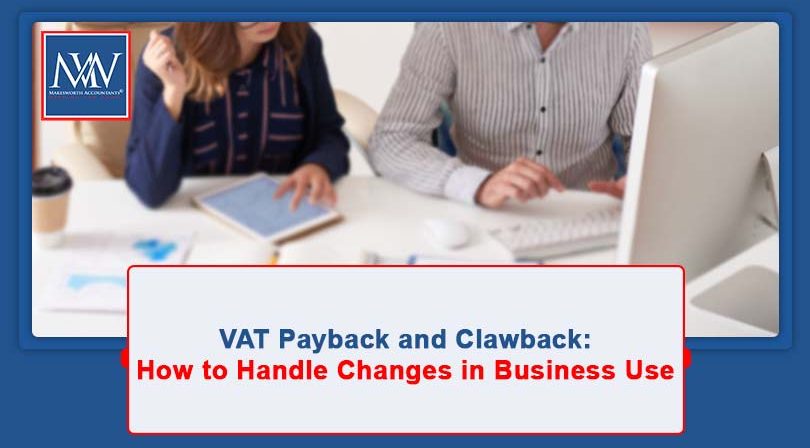
VAT Payback and Clawback: How to Handle Changes in Business Use
VAT Adjustments: Understanding Payback and Clawback Rules
Even with the best planning, business intentions can change — and with VAT, that means adjustments may be needed. HMRC’s “payback and clawback” rules ensure VAT claims reflect actual use, not just initial intentions. These rules only affect input tax (VAT on purchases), and can require businesses to either reclaim more VAT (“payback”) or repay some back to HMRC (“clawback”).
What is Payback?
Payback happens when business use increases, allowing you to claim more VAT than originally expected.
Example:
A VAT-registered business buys office equipment for £1,200 (including VAT), planning to use it 50% for business and 50% personally. They reclaim £100 VAT. Later, if business use increases to 70%, they can reclaim an extra £40 VAT.
This additional reclaim is classed as “payback”.
What is Clawback?
Clawback occurs when the opposite happens — taxable use decreases, or income becomes exempt from VAT.
Example:
A property developer claims input VAT on building costs, expecting to sell the property (zero-rated). If instead they rent it out long-term (exempt supply), HMRC will demand repayment of the VAT previously reclaimed.
This is a one-off adjustment unless future intentions change again.
Mixed-Use Scenarios
Sometimes intentions change from wholly taxable to partly exempt use. In such cases, VAT becomes residual input tax, covering both taxable and exempt supplies. Businesses must then adjust their claims to reflect the mixed use.
Temporary Changes
If the change in use is only temporary, only part of the VAT may need to be repaid. Adjustments are usually spread over a ten-year property lifespan.
No clawback is required if:
-
The repayable VAT averages less than £625 per month, and
-
The repayment is not more than 50% of the total input VAT.
Case Example: Briararch Ltd & Curtis Henderson Ltd [1992]
A business built a property intending to sell it (zero-rated), so it claimed full VAT back. However, due to a market downturn, they rented it out (exempt supply). HMRC demanded full repayment, but the High Court ruled only a proportion of VAT should be clawed back, since the long-term intention to sell remained.
Key Takeaway for Businesses
-
VAT claims must reflect the real use of goods or property.
-
If intentions change after year-end (but within 6 years), VAT must be adjusted in the quarter of change.
-
Always keep records of your original intention — it can protect you in disputes with HMRC.
Practical Point: Payback lets you claim more when taxable use rises, while clawback ensures HMRC recovers VAT when use shifts to exempt. Staying on top of these rules avoids costly surprises.
For more information, Book a Free Consultation
Need Accountancy Support?
For information on bespoke training, or if you have any other questions for Makesworth Accountant, please fill in your details below






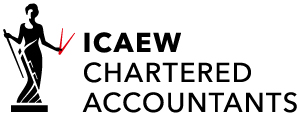
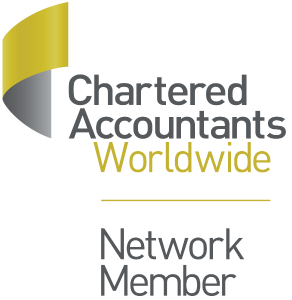
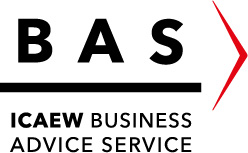

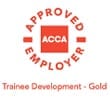
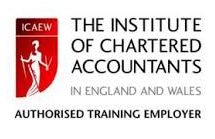

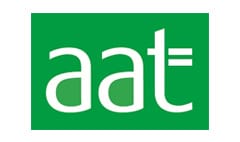
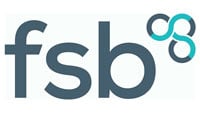

 151
151